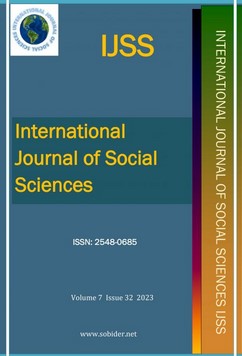Uluslararası Hukukta Devletin Varlık Şartları Kapsamında 'Sealand' Örneğinin İncelenmesi
Analysis of the 'Sealand' Model in The Context of the Asset Conditions of State in International Law
Author(s): Ali CENGİZSubject(s): History of Law, International Law, Post-War period (1950 - 1989)
Published by: SD Yayınevi
Keywords: International Law; State; Sealand; Rougs Tower; Recognition;
Summary/Abstract: In understanding of modern international law, the state is expressed as an organized structure consisting of a human community on a certain piece of land and having an independent political authority. In this context, it is accepted that the state consists of four basic elements: country, human community, political authority and independence. Although it is thought that states can be considered legitimate to the extent that they are recognized by other states, the view that recognition is not a constitutive but an explanatory process and therefore cannot be considered among the conditions of existence of the state is widely accepted in the doctrine. In our study, the international legal personality of Sealand, which is located 6 miles off the east coast of England, is discussed within the scope of the State's existence conditions. While the platform on which Sealand is located was straying in international waters, it was owned by former British soldier Roy Bates and the state named Sealand was declared on the platform in 1967. Discussions on the legal personality of Sealand have continued since 1967. The aim of this study is to examine whether Sealand has a state feature in terms of international law.
Journal: Uluslararası Sosyal Bilimler Dergisi
- Issue Year: 7/2023
- Issue No: 31
- Page Range: 686-704
- Page Count: 19
- Language: Turkish

